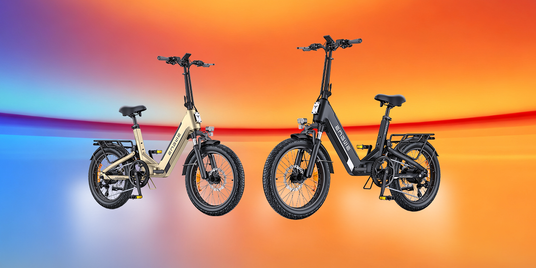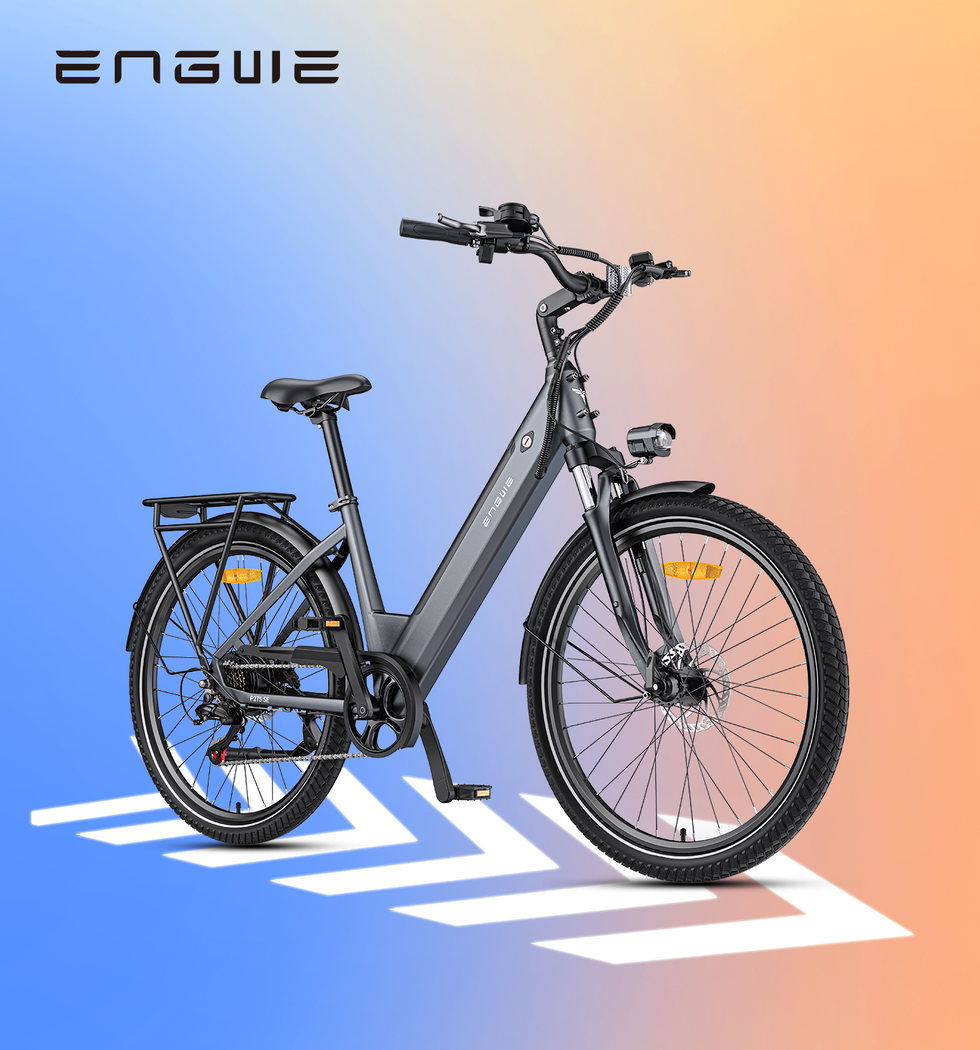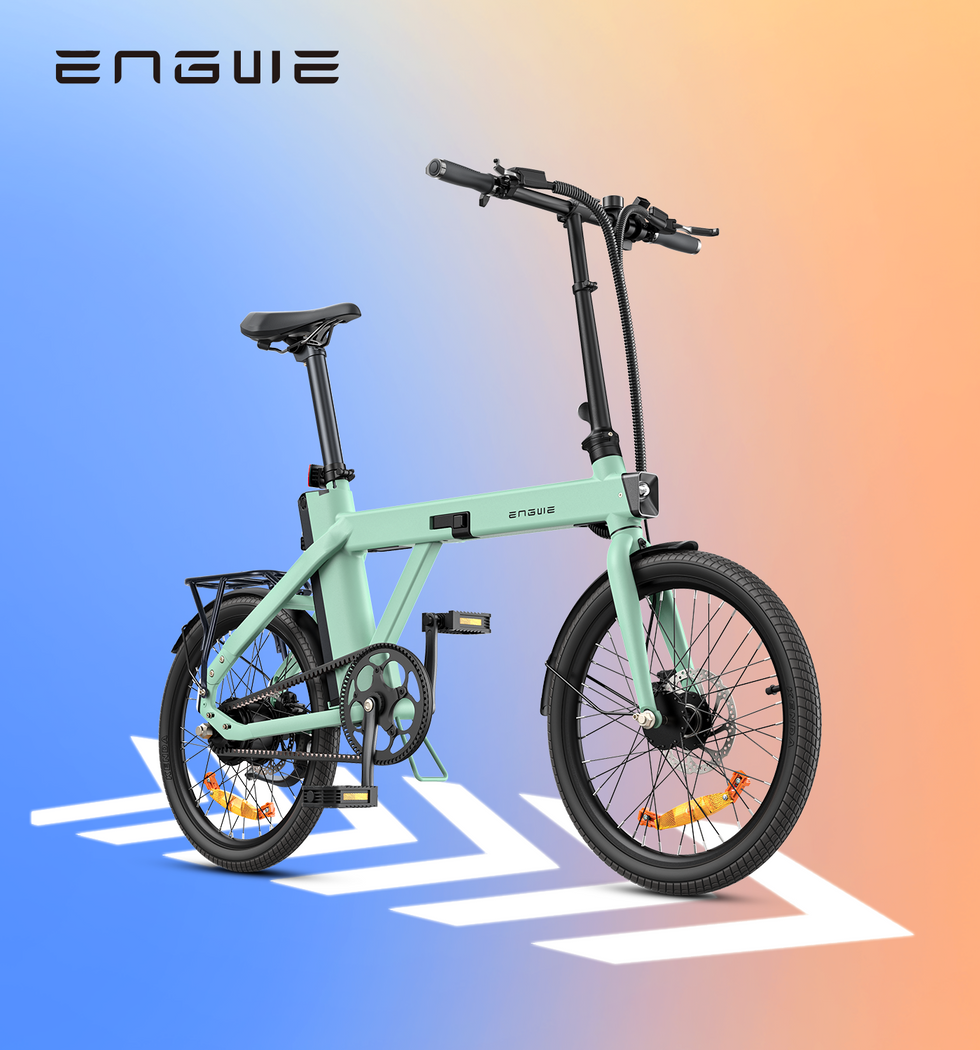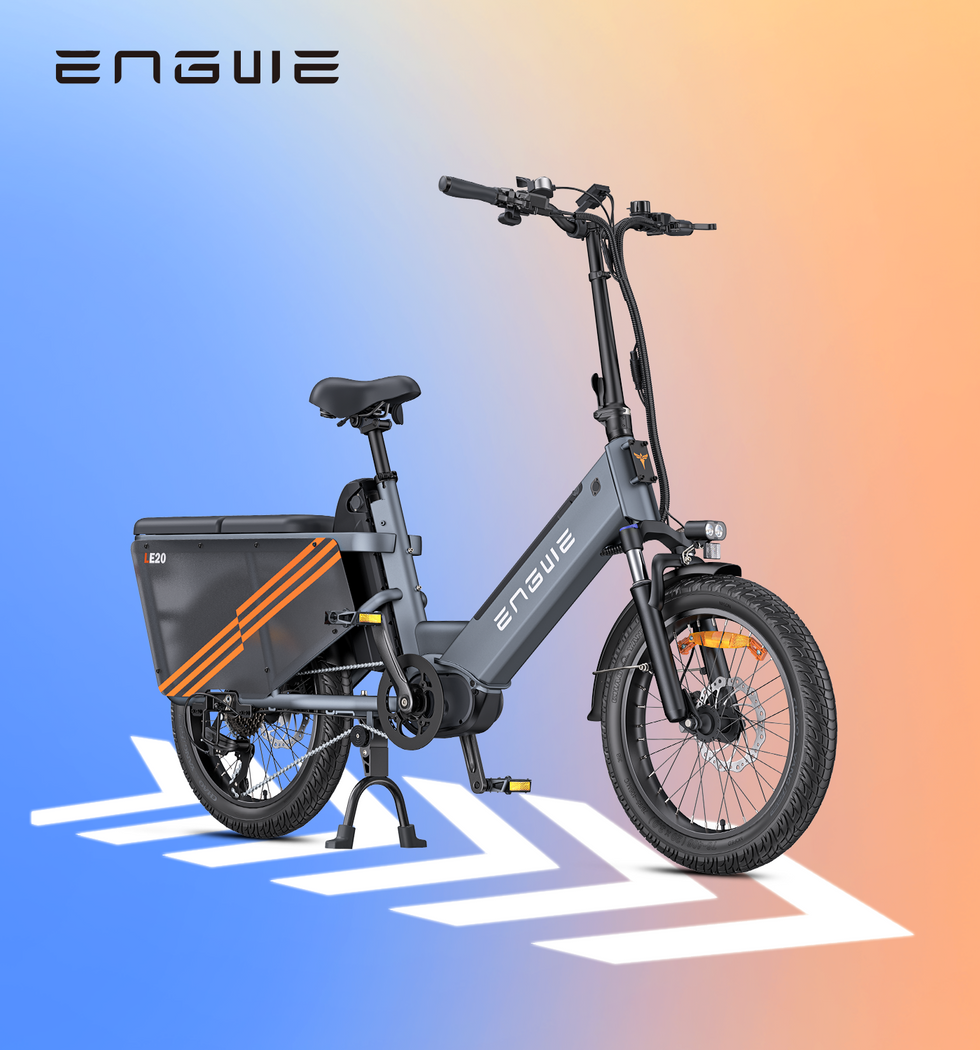Finding the right electric bike when you are a larger or heavier person can feel like a daunting task. The market is flooded with options, but most seem designed for a 'one-size-fits-all' rider that doesn't represent everyone. The core concerns are valid and deeply personal: Will it be strong enough to support me safely? Will the motor have enough power to assist my weight, especially on hills? Will it be comfortable to ride for more than five minutes? This isn't just about buying a bike; it's about investing in a tool for freedom, fitness, and fun, and you deserve a machine that is built for you. Forget the generic advice. We're going to break down exactly what you need to look for, focusing on the features that genuinely matter for plus-sized riders, ensuring your investment brings you joy and confidence on every journey.
The Foundations: Weight Capacity, Comfort, and Fit
The Non-Negotiable Starting Point: Weight Capacity and Frame Strength
Before you look at colour, battery size, or any other flashy feature, your first and most critical checkpoint must be the manufacturer's stated 'Maximum Load Capacity'. This figure, usually given in kilograms (kg) or pounds (lbs), is the total weight the bike is engineered to safely handle, including the rider and any cargo you might carry. For a heavier rider, this is not a guideline; it is a fundamental safety requirement. Look for electric bikes that explicitly state a high maximum load, ideally 130kg (around 285 lbs) or more, to give you a comfortable margin of safety. A bike with a robust frame, often made from high-strength aluminium alloy or steel, is essential. Pay attention to the quality of the welds; thick, clean welds at the joints are a good indicator of a frame built to withstand higher stresses. Ignoring the weight limit not only risks damaging the bike's frame and components but also poses a serious safety risk to you. Make this the very first specification you check, and if a manufacturer doesn't make this information easy to find, consider it a red flag and move on.
Beyond Weight: The Critical Role of Comfort and Fit
Once you've confirmed a bike can safely support you, the next question is whether you'll actually want to ride it. Comfort is king, and for a larger person, this comes down to a few key components. The saddle, or seat, is paramount. The narrow, racing-style saddles fitted to many standard bikes are simply not suitable. You should look for a wide, well-cushioned saddle that provides ample support. The riding posture is also crucial. An aggressive, forward-leaning position can put immense strain on your back, shoulders, and wrists. Look for an electric bike with adjustable, swept-back handlebars that allow you to sit in a more relaxed, upright position. This not only enhances comfort but also improves your visibility and control. Finally, consider the frame design itself. A 'step-through' or 'low-step' frame, which lacks the high top tube you have to swing your leg over, can make getting on and off the bike significantly easier and more comfortable, removing a potential barrier to just getting out and riding.
The Drivetrain and Components: Power, Durability, and Brakes
Power and Performance: What a Heavier Rider Truly Needs
When it comes to the 'electric' part of an electric bike, it’s easy to get fixated on the motor's wattage. In the UK and EU, road-legal bikes are limited to a 250W continuous power output. While this is a standard measure, for a heavier rider, a far more important number is the motor's torque, measured in Newton-metres (Nm). Think of it this way: wattage is like the top speed of a car, while torque is its pulling power or acceleration from a standstill. A higher torque figure (anything above 50 Nm is considered good) means the motor can deliver more powerful assistance when you need it most: starting from a stop, accelerating, and, crucially, climbing hills. A bike with high torque will make you feel like you have a strong, invisible hand pushing you up inclines, preventing you from getting bogged down. Additionally, look for bikes with a 'torque sensor' rather than just a 'cadence sensor'. A cadence sensor simply turns the motor on when you pedal, whereas a torque sensor intelligently measures how hard you are pedalling and matches the motor's assistance to your effort. This results in a much smoother, more intuitive, and less jerky riding experience that feels like a natural extension of your own power.
A Personal Recommendation: The ENGWE EP-2 Boost Experience
In my search for a bike that ticks all these boxes, one model has consistently stood out and proven itself as an exceptional choice for larger riders: the ENGWE EP-2 Boost. This is not just a recommendation based on a spec sheet; it's based on the tangible feeling of confidence and capability it provides. The first thing that caught my attention was its impressive maximum load capacity of 150kg (330 lbs), immediately addressing the primary safety concern. But it's on the road where it truly shines. The 250W motor is paired with a powerful 55 Nm of torque, and the difference is palpable on inclines. Hills that were once a source of dread become manageable, almost effortless, thanks to an instant 'Boost' button that delivers a surge of power right when you need it. The ride is incredibly smooth and responsive, a direct result of its advanced torque sensor. ENGWE didn't stop there; they equipped the EP-2 Boost with features that are perfect for a heavier rider's needs. The wide 20 x 4.0-inch fat tyres provide incredible stability and absorb bumps in the road, while the robust one-piece wheels offer superior strength and are maintenance-free compared to traditional spoked wheels. Stopping power is handled by powerful 180mm front and rear disc brakes, giving you the confidence to control your speed effectively. Furthermore, its clever foldable design and removable battery add a layer of practicality that is hard to beat, making it a complete and thoughtfully designed package.

Durability Down to the Details: Brakes, Tyres, and Wheels
A heavier rider places greater demand on every component of an electric bike, so durability is key. The braking system is a non-negotiable safety feature. Standard rim brakes are simply not adequate. You must insist on disc brakes, which offer significantly more powerful and reliable stopping power in all weather conditions. Mechanical disc brakes are a great starting point, but hydraulic disc brakes provide even better performance and feel. Next, consider the tyres. 'Fat tyres' (typically 4 inches wide) are a game-changer for heavier riders. Their large volume of air acts as natural suspension, smoothing out bumps and potholes for a much more comfortable ride. More importantly, their wide contact patch with the ground provides exceptional stability and grip, giving you a greater sense of security and control. Finally, look at the wheels themselves. Traditional spoked wheels can require regular maintenance (truing) to stay strong, especially under a heavier load. A fantastic and increasingly popular alternative are one-piece mag wheels, which are cast from a single piece of metal. These wheels are incredibly strong, require virtually no maintenance, and are not susceptible to broken spokes, making them an ideal choice for a durable and hassle-free electric bike.

Your Pre-Purchase Checklist
Your Checklist for Choosing the Right Electric Bike
To simplify your search, here is a clear checklist of what to prioritise. Screen potential bikes against these criteria to quickly identify the ones that are truly suitable for you.
- Check the Max Load Capacity: This is your first and most important check. Aim for 150kg (330 lbs) to ensure a wide safety margin. Do not consider any bike that falls short.
- Prioritise High Torque: Look past the standard 250W motor rating and focus on the torque figure. A motor with 55 Nm or more will provide the hill-climbing power you need. A torque sensor is a significant bonus for ride quality.
- Demand Powerful Brakes: Insist on front and rear disc brakes as a minimum requirement for safe and effective stopping.
- Embrace Fat Tyres: Look for bikes with wide, 4.0-inch fat tyres. The improvement in comfort, stability, and control is immense.
- Assess the Comfort Features: A wide, cushioned saddle and adjustable handlebars that allow for an upright riding position are essential for enjoyable long-term use. A step-through frame is highly recommended for ease of use.
- Consider Durability: A strong frame with clean welds and robust components like one-piece wheels will ensure your investment lasts.
The right electric bike is not just about transport; it is about reclaiming your freedom to explore.

Frequently Asked Questions
-
What is the single most important feature to look for in an electric bike for a heavy person?
Without a doubt, the most important feature is the manufacturer's specified Maximum Load Capacity. This single number dictates the safety and structural integrity of the bike under your weight. It affects the frame, wheels, suspension, and brakes. Before you consider any other feature like battery range or motor power, you must ensure the bike is rated to carry you safely. Always choose a bike with a load capacity that is comfortably above your own weight plus any cargo you plan to carry. -
Is a 250W motor really powerful enough for a heavier rider?
Yes, it can be, provided it has high torque. The 250W rating is a measure of continuous power output, legally mandated in the UK and EU. However, the bike's ability to accelerate and climb hills comes from its torque, measured in Newton-metres (Nm). A 250W motor with 55 Nm of torque will feel significantly more powerful and capable for a heavier rider than a 250W motor with only 40 Nm of torque. So, focus on the torque figure, as this is the true indicator of the bike's "muscle". -
Are fat tyres absolutely necessary?
While not strictly necessary, they are highly recommended and make a huge difference. For a heavier rider, fat tyres offer three main advantages: first, their larger air volume provides natural suspension, drastically improving ride comfort. Second, their wide footprint offers superior stability and grip, which boosts rider confidence, especially on uneven surfaces. Third, they distribute the load over a wider area, reducing stress on the wheel rims. A standard tyre at high pressure under a heavy load can lead to a harsh ride and an increased risk of punctures or wheel damage. -
What is the difference between a torque sensor and a cadence sensor, and why does it matter?
It matters a lot for the quality of your ride. A cadence sensor is a simple on/off system; it detects that you are pedalling and tells the motor to provide a set level of assistance. This can sometimes feel jerky or unnatural. A torque sensor is much more sophisticated. It measures how much force you are applying to the pedals and provides a proportional amount of assistance from the motor. If you pedal gently, it helps a little. If you push hard to get up a hill, it gives you a lot of help. This makes the ride feel incredibly smooth, intuitive, and as if your own legs have suddenly become much stronger. For a seamless riding experience, a torque sensor is far superior. -
I have some mobility issues. Should I get a step-through frame?
A step-through frame is an excellent choice for anyone, but it is particularly beneficial for riders with mobility issues, those who find it difficult to lift their leg high, or anyone who simply values convenience. The low or absent top tube means you can mount and dismount the bike easily and safely without having to swing your leg over the back. This is especially helpful if you plan to make frequent stops in town, are wearing restrictive clothing, or have a basket or child seat on the rear rack. It removes a physical barrier and makes the act of just getting on your bike far more accessible and pleasant.



